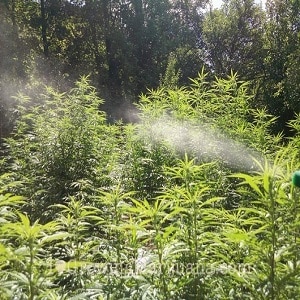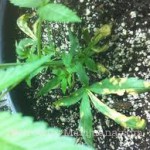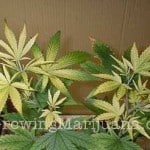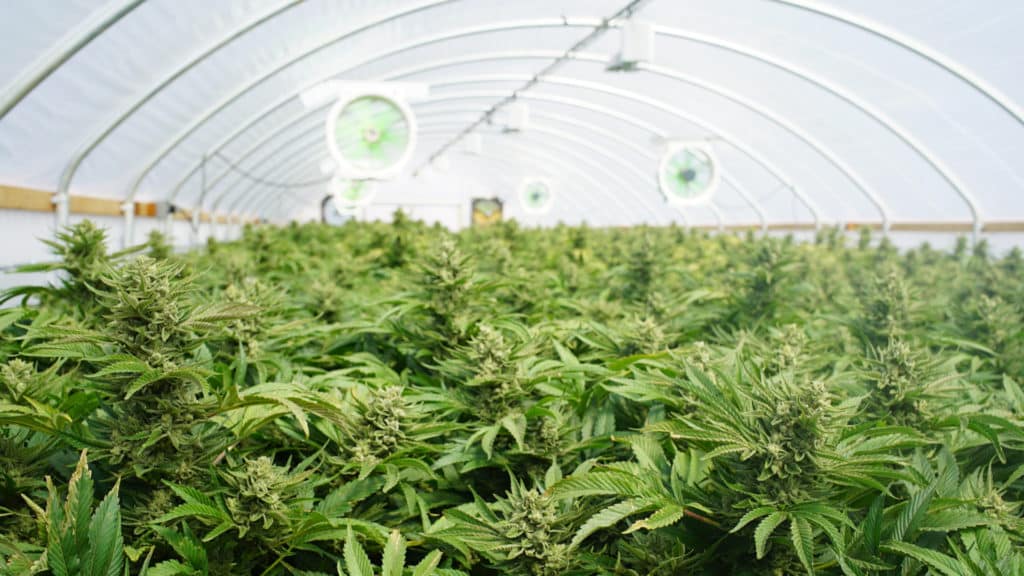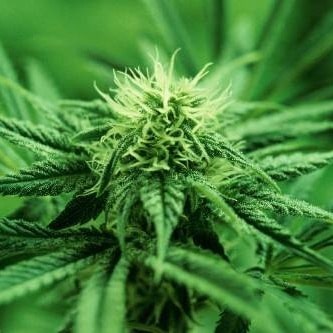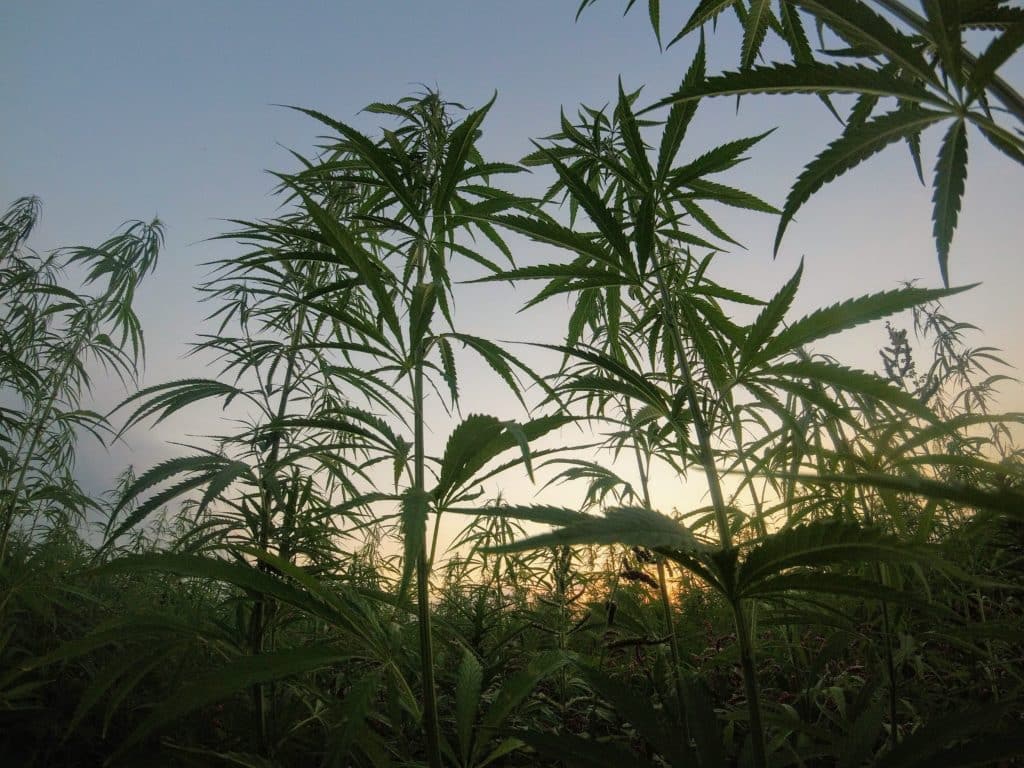First, inspect the water for any dissolved solids. An adequate amount should be between 100 and 150 parts per million (ppm). Water that is low in dissolved solids (soft water) should be readjusted up to 150 ppm using Cal-Mag solution. Water that is too high (over 250 ppm of dissolved solids), should be filtered with ionic or reverse osmosis filters.
Hard water restricts a balanced nutrient uptake. You can mix filtered and unfiltered water to create a water mixture that’s suitable for plants. A test of the water supply in a Los Angeles suburb measured at 450 ppm of dissolved solids. After using an ionic filter, the water had a ppm of 13. The gardener, then mixed one part unfiltered water and two parts filtered water which yielded about 150 ppm. Hard water deposits can be detrimental to hydroponic/aeroponic systems. Sodium in water
Try to stay away from any water with high concentrations of sodium. The plant will absorb sodium prior to any other element, which causes the plant’s vascular system to deteriorate. Also, any water that’s been treated with water softeners should be avoided.
Sulfur in water
Any water that has a sulfurous odor should have its pH checked. Sulfur is highly acidic and the water might have a relatively low pH. You can adjust the pH of the water with pH Up. Soil that’s been affected by the water might also have a low pH. If necessary, lime can be used to raise the pH in the soil.
Chlorine in water
The irrigation water has substantial amounts of chlorine. Does this have a negative effect on the plants?
Solution: Chlorine can affect plants in many different ways. Firstly, it can kill some microorganisms that form a community with the roots in the rhizosphere of some media systems. This phenomenon can result in slower growth. Chlorine can also be the cause of some leaf tip burn, usually on hot, sunny days when the plant requires a lot of water.
Most gardeners still use water straight from the tap that has likely been treated with chlorine and maybe fluoride depending on your municipality. Despite the presence of these chemicals, plants thrive, even though they might grow better with non-chlorinated water. Most cities chlorinate their water supply with chloramines, which can’t be eradicated through boiling or simply allowing the water to stand. If you really want to get the chlorine out of your tap water, you can use activated carbon filters. Specialized UV systems are designed uniquely with dechlorination in mind. There are several chemical dechlorinators on the market for use in fish ponds and aquariums. These products are innocuous to fish and plants, but the author hasn’t used them and cannot say with any degree of certainty which product works best for marijuana gardens.
What Is The Best pH And EC Levels For Hydro Marijuana Growers?
What Are The Best And Most Popular Marijuana Fertilizers?
What Is The Best PH And EC Levels For Hydro Marijuana Growers?

